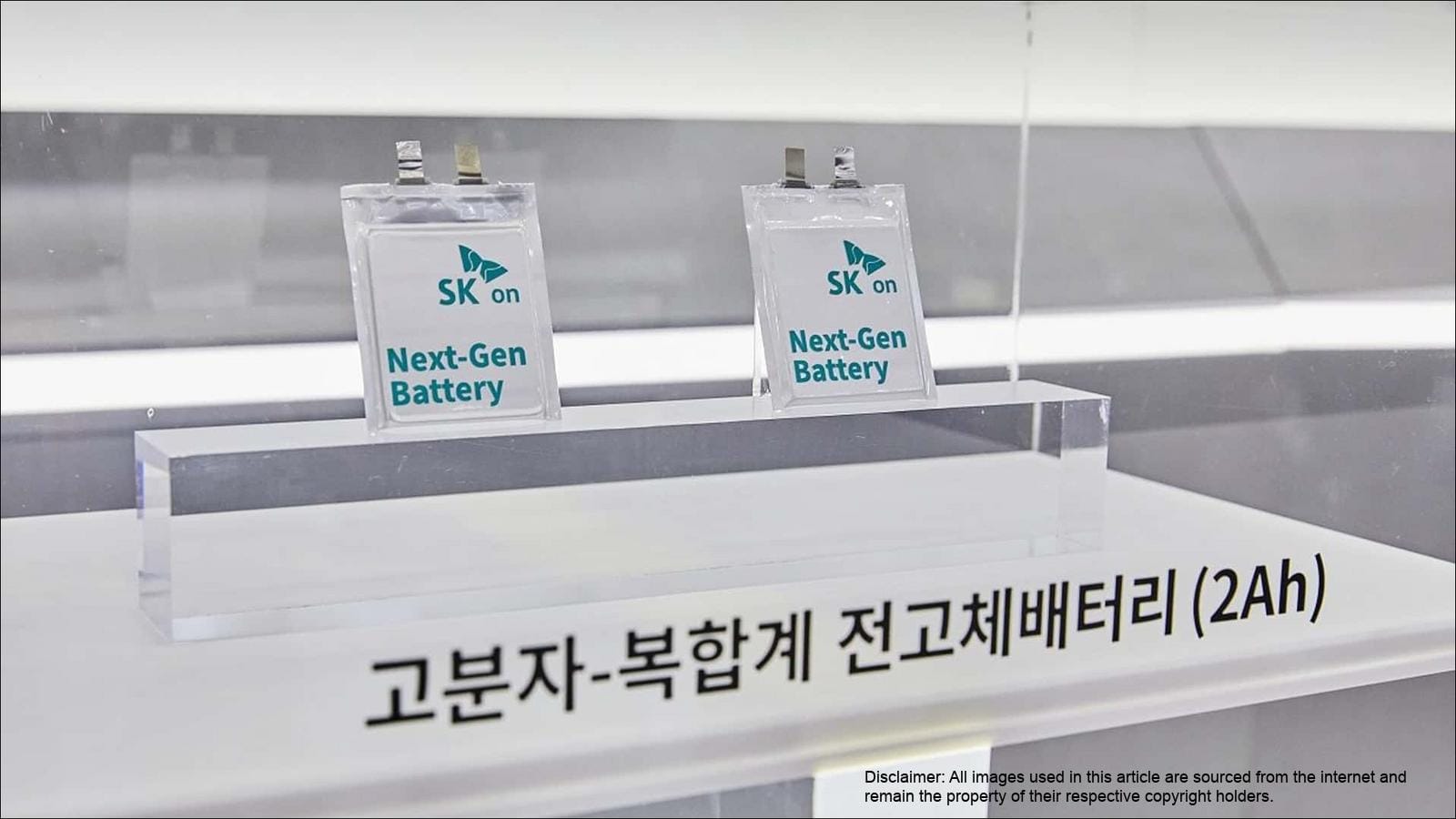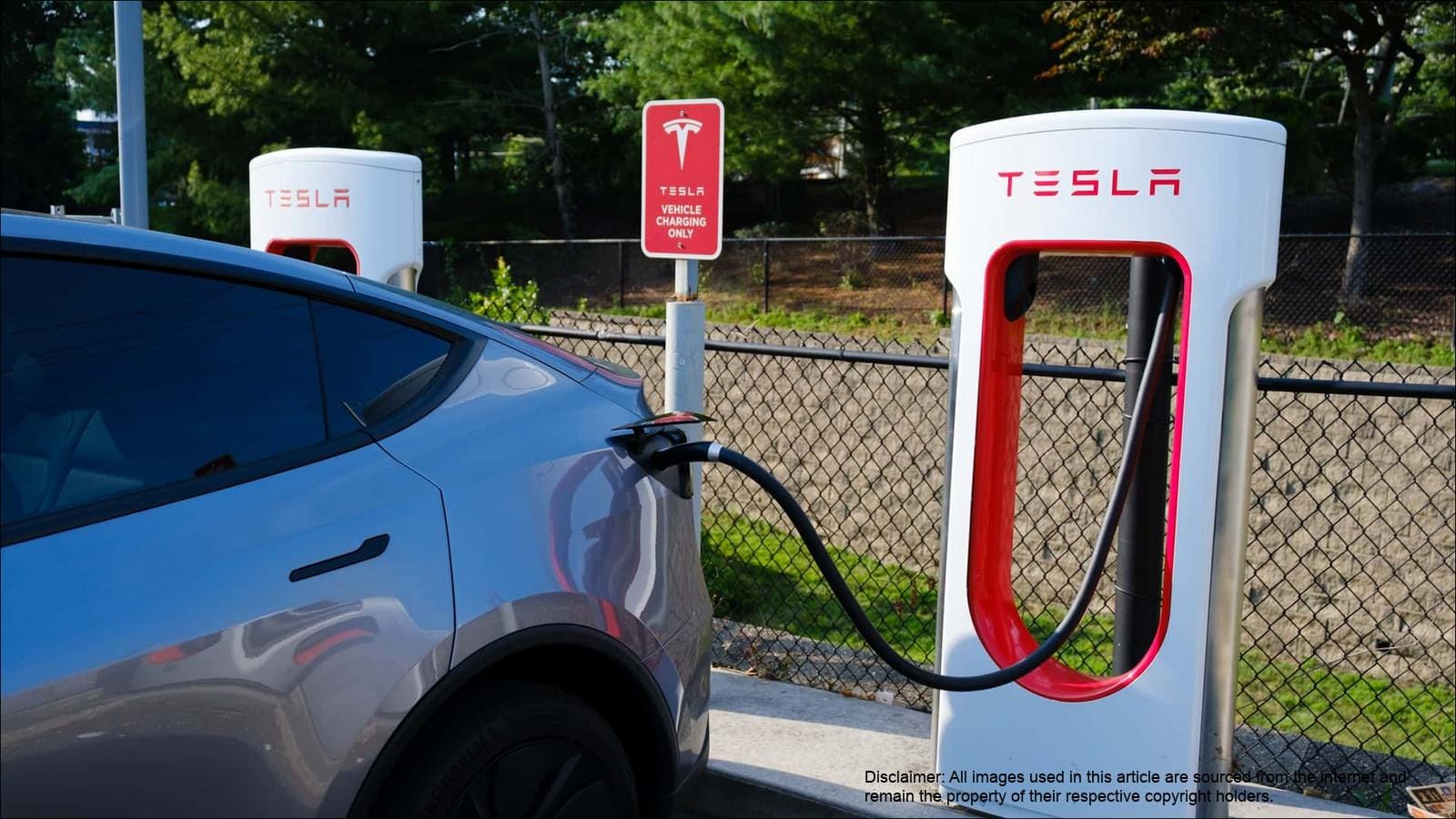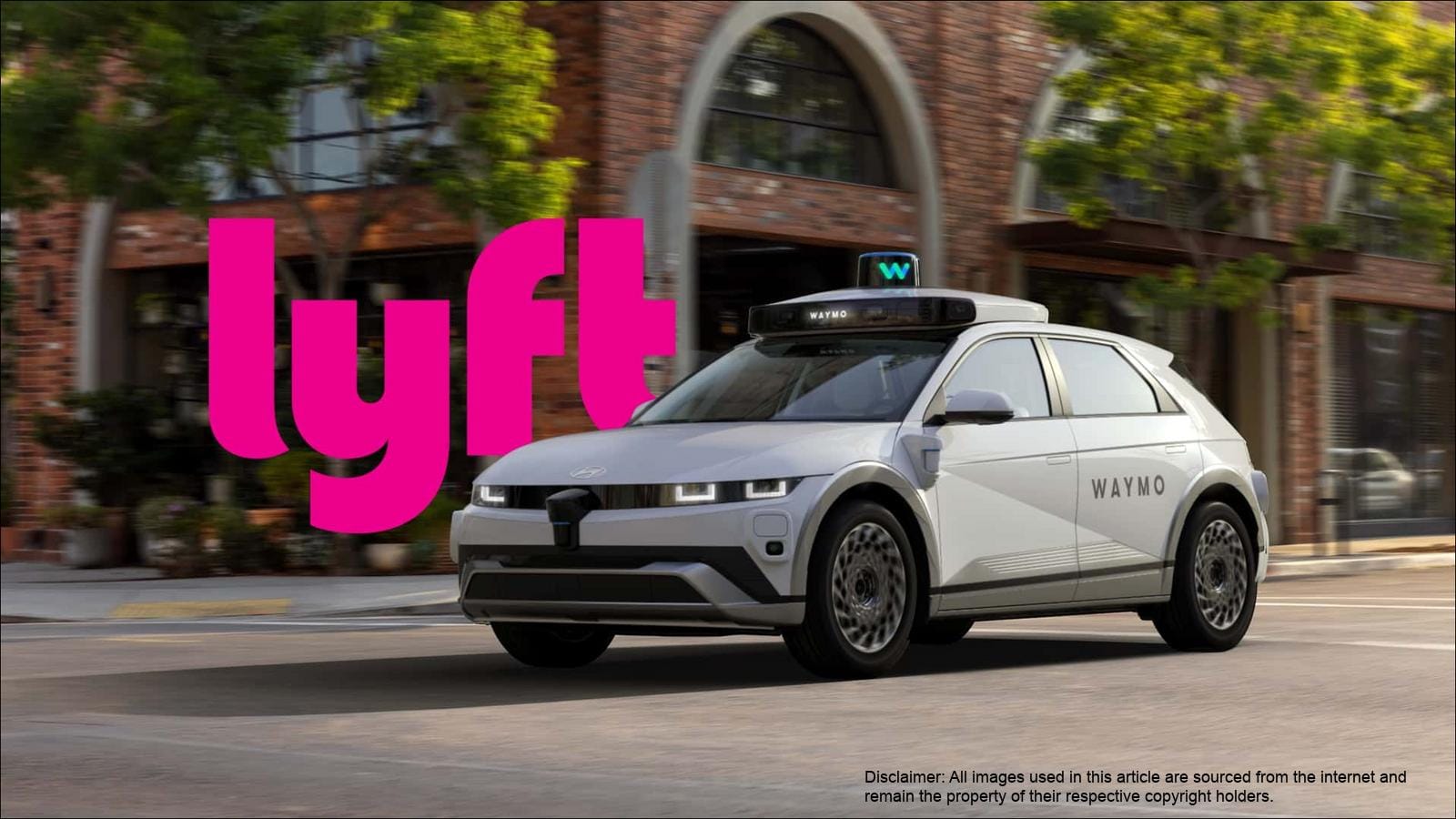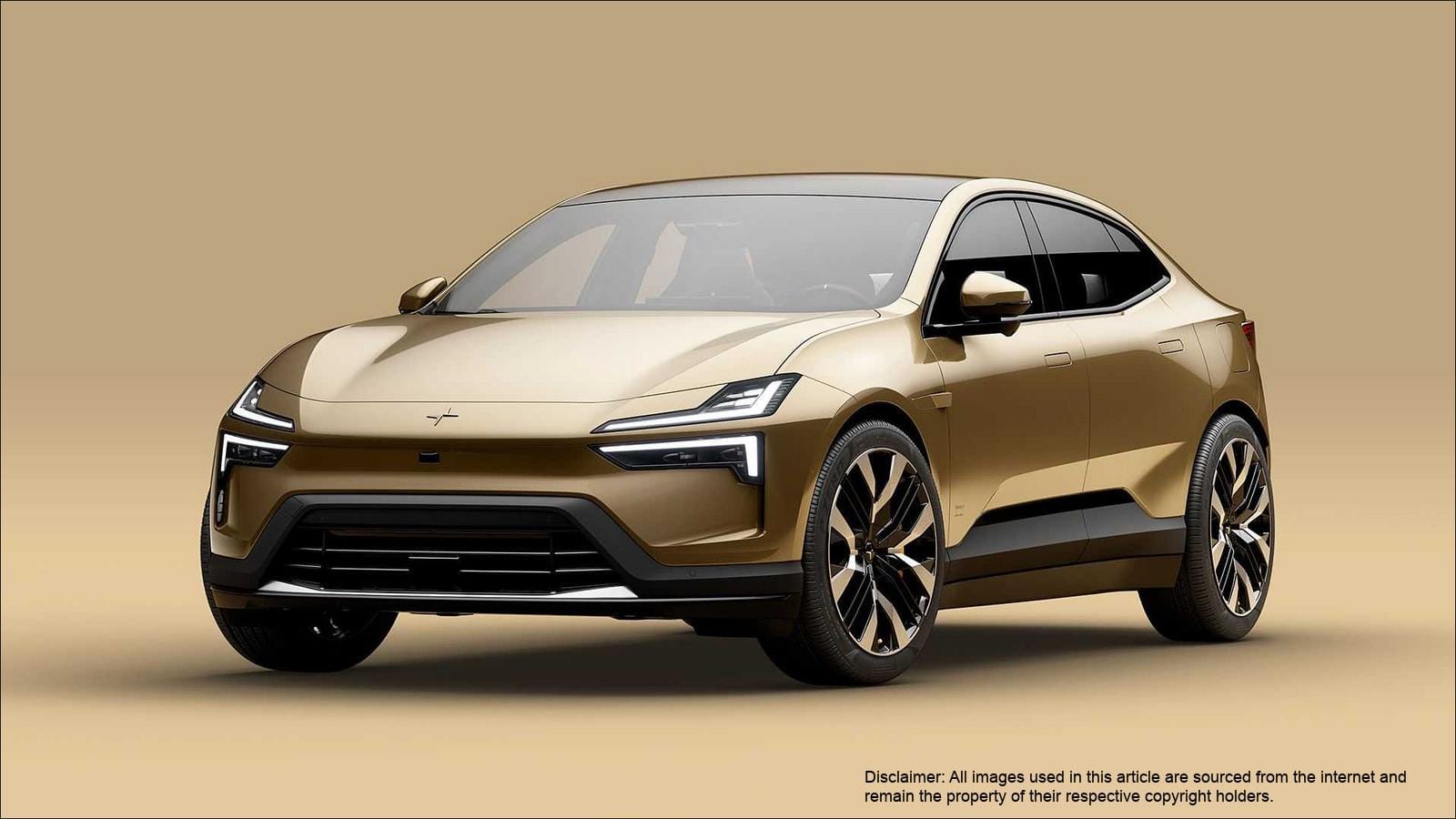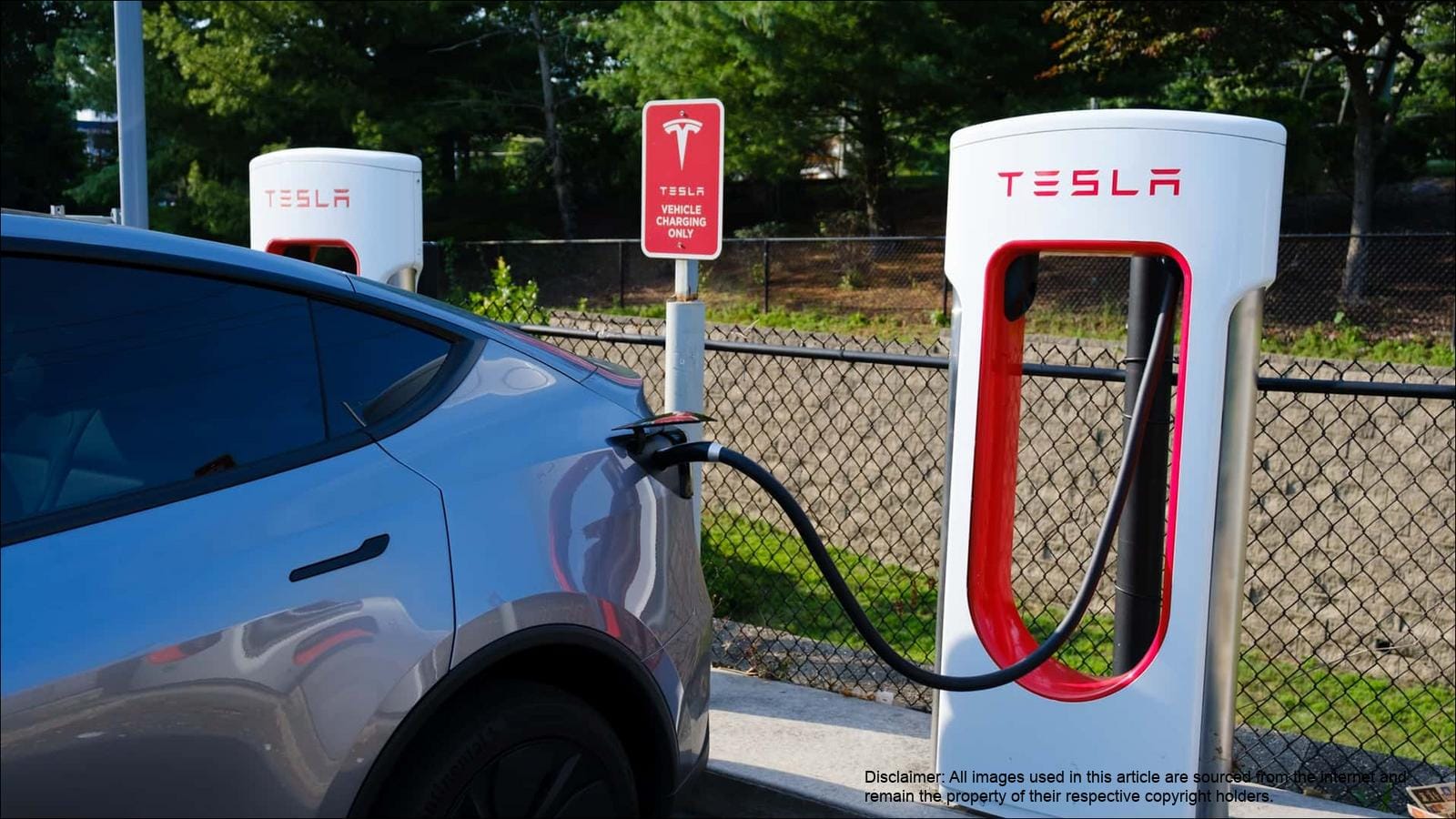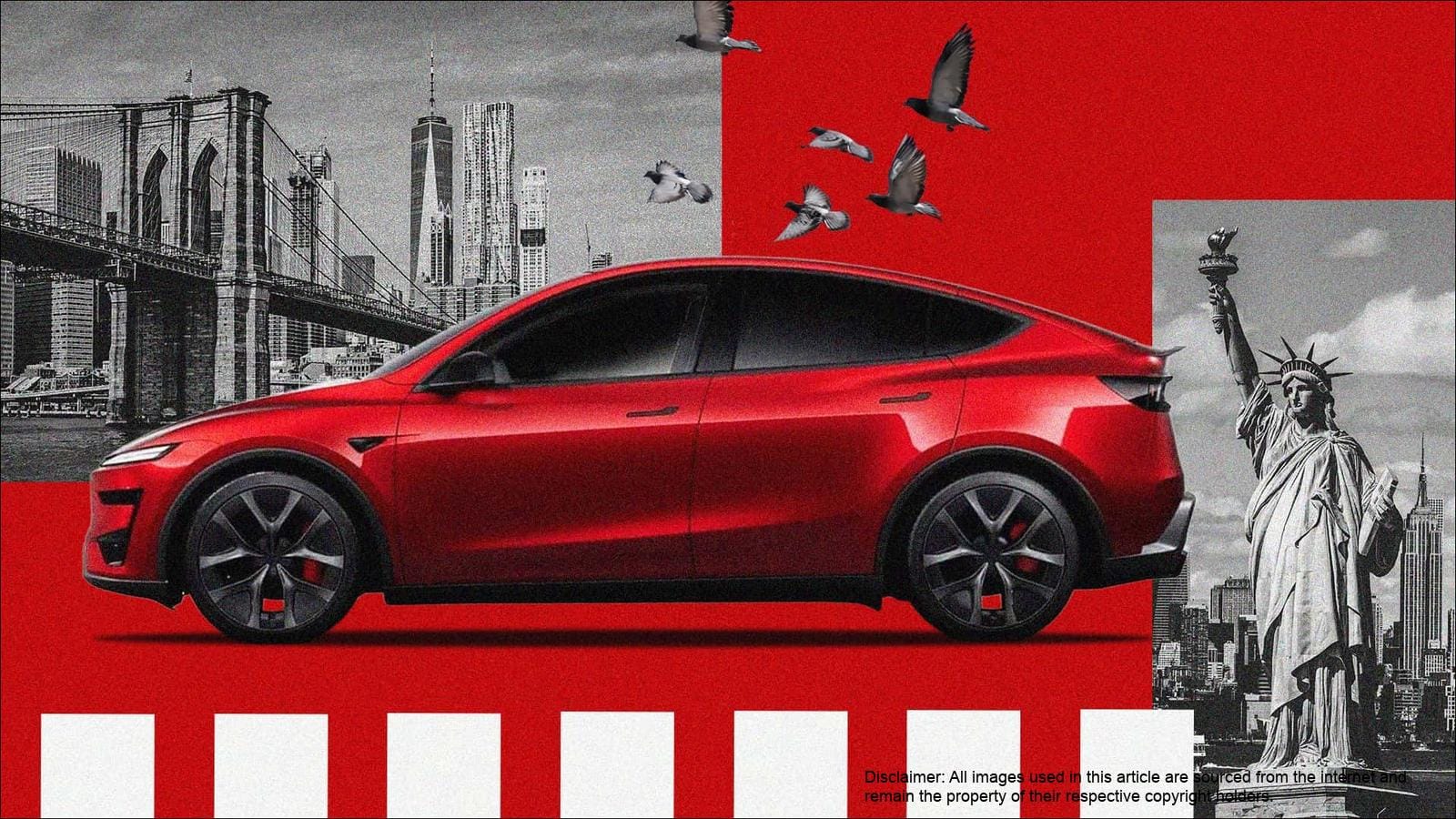Challenges and Future Prospects
Despite the significant progress, the path to commercializing solid-state batteries is not without its hurdles. SK On acknowledges that manufacturing these batteries at scale presents unique challenges. One of the key difficulties lies in “cell sealing,” a critical process that ensures the battery’s longevity and performance. Automating this process on a continuous production line is proving to be complex, requiring innovative engineering solutions.
To address these challenges, SK On is focusing on refining its battery materials mixing and pressing techniques to minimize resistance, thereby improving cell cooling and efficiency. The company is also working on enhancing the bonding between electrodes and solid electrolytes to facilitate smoother ion flow, resulting in more durable and stable batteries. SK On is experimenting with sulfide-based all-solid-state batteries and lithium-metal batteries, which replace the traditional graphite anode with pure lithium metal, promising even higher energy density.
Looking ahead, SK On aims to commence commercial production of solid-state batteries by 2029, a year ahead of its initial schedule. This ambitious timeline underscores the company’s commitment to leading the charge in battery technology innovation. In addition to solid-state batteries, SK On is also investing in the production of low-cost lithium-iron phosphate (LFP) batteries for battery energy storage systems in the U.S. Furthermore, its joint venture with Ford, BlueOval SK, has already begun manufacturing nickel-manganese-cobalt (NMC) batteries at a $5.8 billion plant in Kentucky, powering vehicles like the F-150 Lightning and the E-Transit van.
The convergence of these developments suggests that the solid-state battery era is rapidly approaching, potentially revolutionizing the electric vehicle landscape and paving the way for longer-range, safer, and faster-charging EVs.


